November 2022:TPI Composites Inc. (TPI) entered into an agreement with GE Renewable Energy (GE) that enables TPI to extend its lease for a rotor blade manufacturing facility in Newton, Iowa, United States, for an additional ten years. This agreement aims to facilitate the development of competitive manufacturing options for rotor blades to meet GE's commitments in the United States market. Production is anticipated to begin in 2024 as part of the support outlined in the Inflation Reduction Act of 2022, which aims to bolster critical American industries serving the domestic renewable energy sector.
October 2022:EDP Renewables North America (EDPR NA), a developer and operator of renewable energy projects, announced the commencement of construction for the Indiana Crossroads II wind power plant in White County, Indiana, with a capacity of 202 megawatts (MW). The power plant is slated for commissioning in 2023 and is expected to annually supply electricity to over 54,000 average homes in Indiana.
In May 2024, RWE AG and Microsoft executed two contracts for the supply of renewable electricity for the next 15 years, which will be sourced from the wind farms located in Texas owned by RWE. These undertakings, Peyton Creek II and Lane City have a total capacity of 446 MW based on turbines provided by Vestas.
In August 2023, the Newfoundland and Labrador government placed endorsement on the EverWind Fuels green hydrogen project located in Burin Peninsula that will harness wind energy. This approval was a notable progress towards the renewable energy target of the region.
Vestas Wind Implementation Technologies also got an advance order from the USA-based wind power firm as of June 2024. The turbines will be deployed in a number of mid-western on-shore wind farm structures.
Furthermore, in the month of June 2024, NextEra Energy, the Midwest based company, announced its plans to construct over a thousand more wind powered energy sources in the Midwest and Southeast regions of the country to further enhance its green power vision for the long term.
In September 2024 Sempra Infrastructure included new wind power projects in Texas in its contracts, thus expanding its range of clean energy solutions. This is consistent with the company’s plans to grow in the renewable space.
In July 2024, GE Renewable Energy and Avangrid Renewables entered into a deal to provide wind turbines for the US market’s future onshore wind farms and meet escalating renewable energy needs in the country.
Another important agreement took place in February 2024 when US Forged Rings Inc. (USFR) announced a direct investment of $700 million for the purpose of developing the US offshore wind sector. This coalition with North America’s largest steel mill and recycler, Nucor and Ellwood Quality Steels, intends to lower supply chain constrictions of the components used in offshore wind. USFR is constructing and outfitting 2 new advanced facilities; a tower manufacturing plant, and a steel forging facility which can provide fully coated towers and the enormous flanges required by offshore wind turbines.
The coalition stresses using domestic plants for components to cut costs on delivery and time and the use of steel that was recycled.


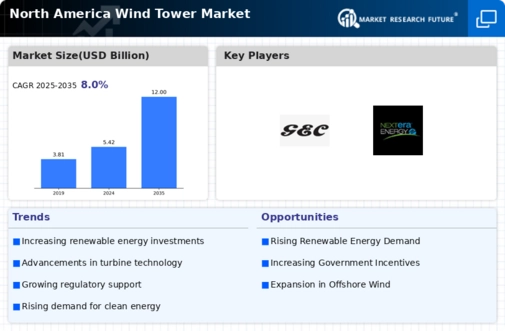
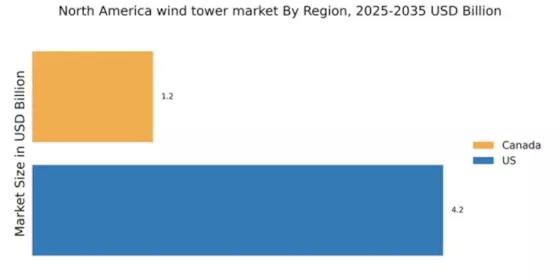
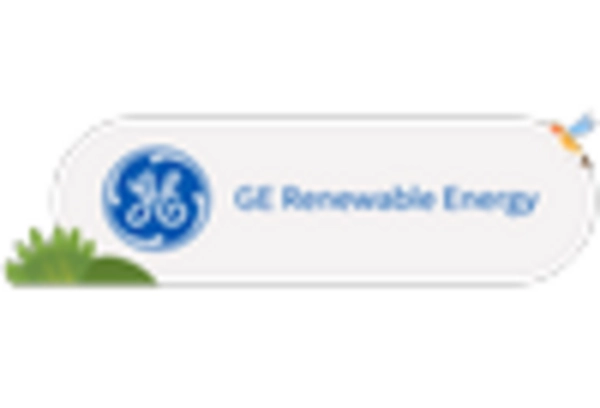
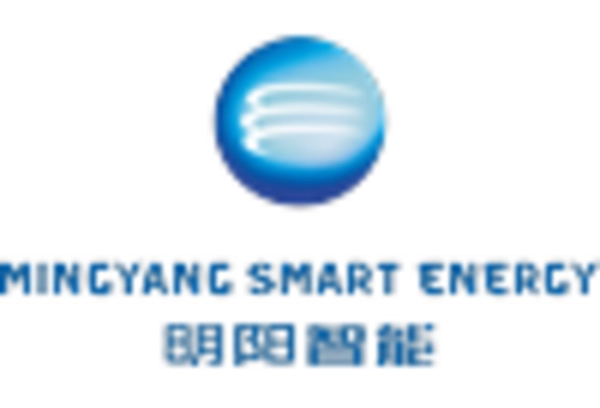

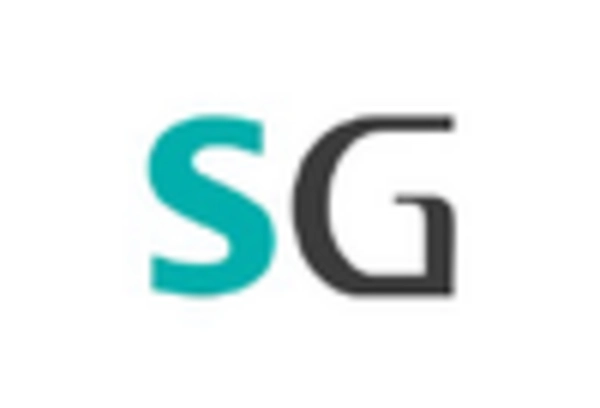
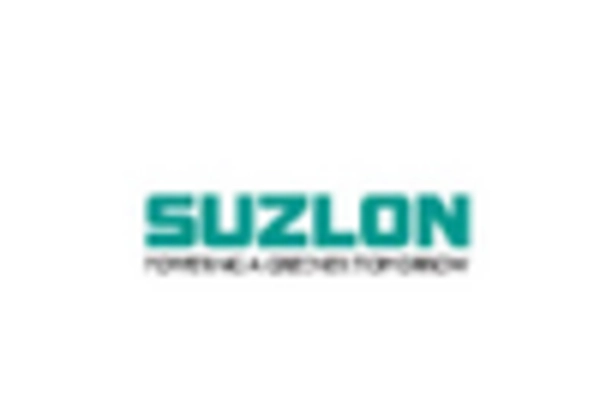
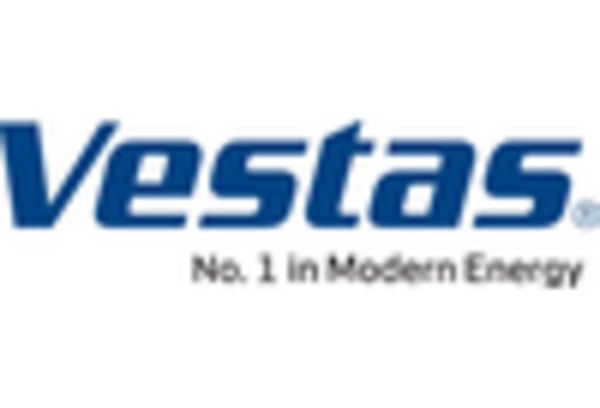








Leave a Comment